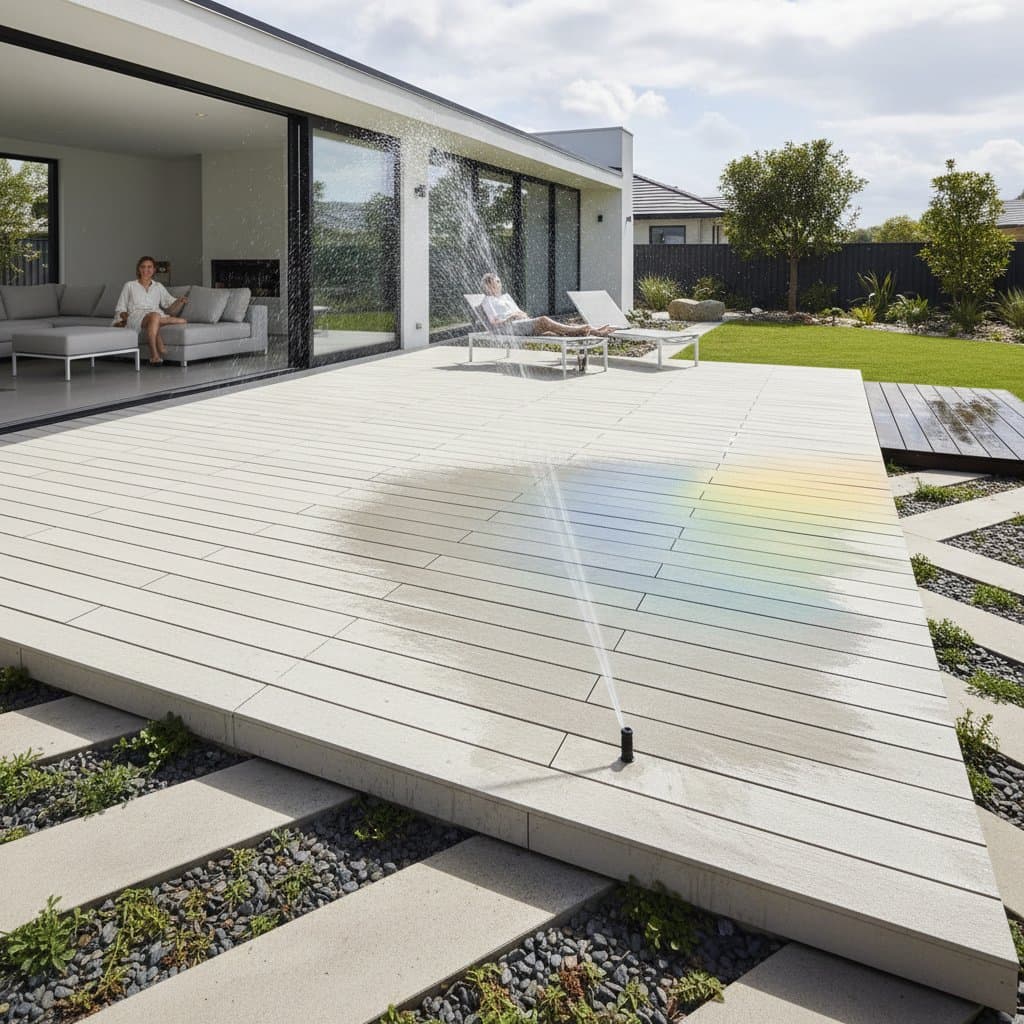Cool Permeable Decks Beat Heat and Floods
Transform your backyard with cool permeable decking that counters heat by staying up to 40 degrees cooler and efficiently drains stormwater to prevent flooding. This guide details planning, construction, troubleshooting, and maintenance for a sustainable, durable outdoor retreat.



















